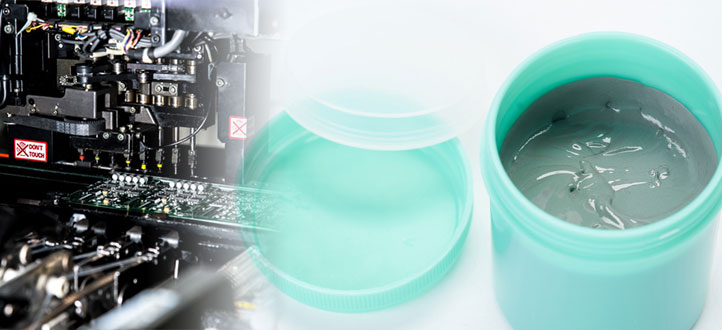Advantages of SMT lead-free solder paste.

The composition of PCB assembly is an essential part of modern electronic devices, and soldering is a critical step in securely attaching electronic components to the PCB. In this process, lead-free solder paste, as an environmentally friendly and high-performance soldering material, is gradually replacing traditional leaded solder paste. This article will discuss the advantages and disadvantages of lead-free solder paste to explore why it has become the preferred choice in today's electronics industry.
Firstly, one of the significant advantages of lead-free solder paste is its environmental friendliness. Unlike leaded solder paste, lead-free solder paste does not contain harmful lead components, thereby eliminating the release of toxic lead fumes during the soldering process. Lead is a toxic metal that can have serious health effects when exposed to or inhaled over a long period. The use of lead-free solder paste significantly reduces lead pollution in the workplace and the environment, aligning with modern environmental requirements and contributing to a healthier and more sustainable working environment.
Secondly, lead-free solder paste demonstrates excellent soldering quality. It utilizes high-quality tin and silver/copper alloys as its main components, resulting in stronger and more reliable solder joints. Compared to leaded solder paste, lead-free solder paste exhibits better wetting and flow properties, ensuring better coverage of solder joints and reducing the occurrence of soldering defects such as cold solder joints and insufficient soldering. These superior soldering characteristics make lead-free solder paste particularly suitable for the assembly of high-density electronic components.
Additionally, lead-free solder paste offers a lower soldering temperature. It requires a lower soldering temperature compared to the higher melting point of leaded solder paste. This characteristic is crucial for temperature-sensitive electronic components, as it helps to avoid component damage or failure caused by high-temperature soldering. Moreover, the lower soldering temperature contributes to reduced energy consumption and improved production efficiency.
However, it is essential to note that lead-free solder paste also has some drawbacks. Firstly, due to the lower soldering temperature of lead-free solder paste, soldering speed may be slower compared to leaded solder paste. This may present a challenge for production lines that require high-speed soldering. Additionally, lead-free solder paste is more prone to soldering defects such as poor ball formation and moisture sensitivity compared to leaded solder paste. Therefore, when using lead-free solder paste, strict requirements for soldering processes and quality control are necessary.
In conclusion, lead-free solder paste plays a crucial role in the electronics industry as an environmentally friendly and high-performance soldering material. Its environmental friendliness and excellent soldering quality make it the preferred choice for electronic product manufacturers. However, when selecting and using lead-free solder paste, careful consideration of production needs, soldering processes, and quality control is necessary to ensure optimal soldering performance and reliability.

